Think SEO is dead in 2025? Think again.
With AI evolving at breakneck speed and digital content flooding every corner of the internet, businesses are facing the toughest online competition ever. Whether you’re running a startup, an e-commerce site, or a local service, one thing is clear: If you’re not ranking on search engines, you’re invisible.
Search Engine Optimization (SEO) in 2025 is not just about throwing keywords on a webpage. It’s about building trust, offering value, and being where your audience is looking. It’s about intent, experience, and credibility. And here’s the kicker—Google’s algorithm is smarter than ever. You can’t fake it anymore.
If you’re serious about growing a business online in 2025, mastering modern SEO is no longer optional—it’s survival.
Let’s break down exactly why SEO still reigns supreme in this digital-first world, and how you can harness it to take your business to the next level.
The Evolving Landscape of Online Business in 2025
The Digital Shift: How Consumer Behavior Has Change

In 2025, people don’t just search Google—they talk to it, see it, and even feel it through immersive technology. Voice search and AI-driven interfaces like ChatGPT or Sora have completely transformed how consumers interact online.
Here’s how customer behavior has shifted:
- Voice search is now used by over 60% of daily internet users.
- Hyper-personalized experiences drive purchase decisions.
- Users trust brands that show up organically—paid ads often get skipped.
- Consumers research everything—even a $5 coffee shop gets Googled before a visit.
People crave instant answers but also expect depth. This balance of speed and quality is exactly what modern SEO is designed to deliver. Businesses that align their content with user behavior trends win.
Rising Competition Across Every Niche
From mom-and-pop shops to global enterprises, everyone is online. The barrier to entry is low, but the bar for success is higher than ever. As of 2025:
- There are over 2 billion active websites.
- Every niche—from fitness to finance—is saturated.
- Content marketing is the norm, not the exception.
So how do you stand out?
By being discoverable. And nothing boosts your discoverability like strategic SEO.
What is SEO in 2025? Understanding the Modern SEO Toolkit
Beyond Keywords – SEO Now Includes User Intent, UX, and AI
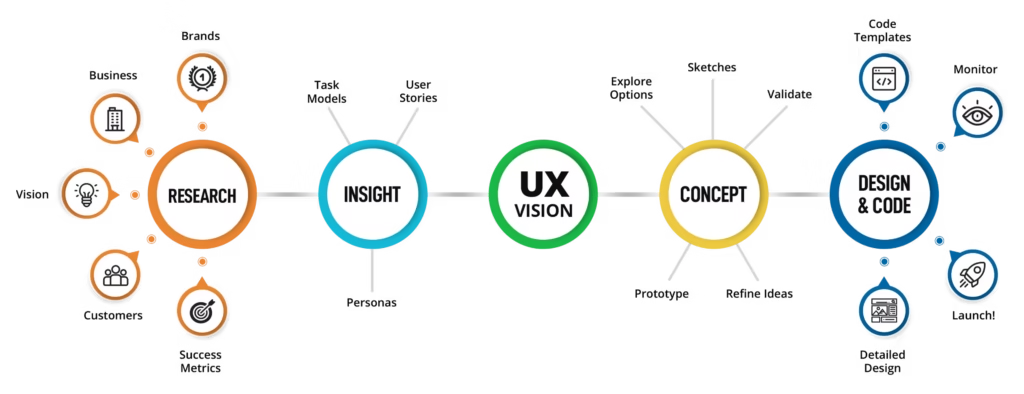
Forget what you knew about SEO in 2015. In 2025, keywords are just the starting point. Modern SEO is:
- Intent-driven: You must understand what users actually want when they search.
- Experience-first: Google now rewards websites with fast load times, accessibility, and clear UX.
- AI-enhanced: Algorithms now factor in behavioral data, content depth, and even sentiment.
If you’re trying to grow a business online in 2025, you need to treat SEO like a holistic digital strategy, not just a checklist of keywords.
Example: Searching “best headphones for running” in 2025 triggers not just a list, but AI-curated reviews, personalized suggestions based on location, and content that includes images, video, and even VR previews. Your content needs to cater to that depth.
Core Components of SEO That Matter in 2025
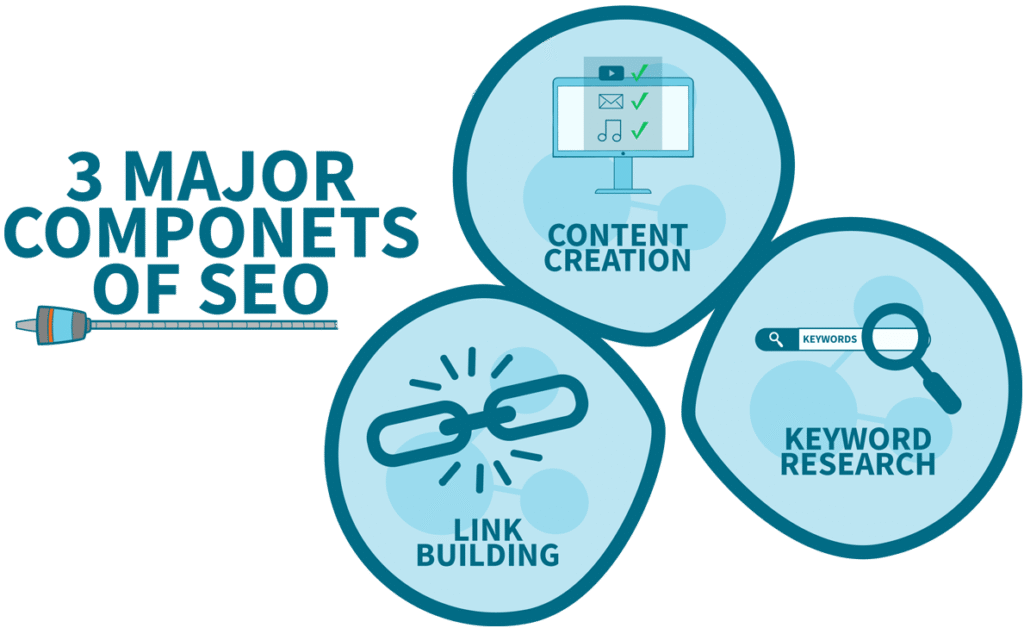
To rank today, you need to nail every element of SEO, including:
- Technical SEO – Fast loading, mobile-first design, secure (HTTPS), Core Web Vitals optimized.
- Content SEO – Long-form, engaging, original, and E-E-A-T compliant (Experience, Expertise, Authoritativeness, Trust).
- On-Page SEO – Title tags, meta descriptions, headers, internal links, schema markup.
- Off-Page SEO – Quality backlinks, social signals, brand mentions.
- Local SEO – Google Business Profile, local citations, reviews, geo-targeted content.
And let’s not forget AI content optimization. In 2025, content is expected to be real, human-like, and emotionally intelligent—even if it’s AI-assisted. That’s why tone, storytelling, and real examples are crucial.
Why SEO is Essential for Growing a Business Online in 2025
Organic Search Still Drives the Most Traffic
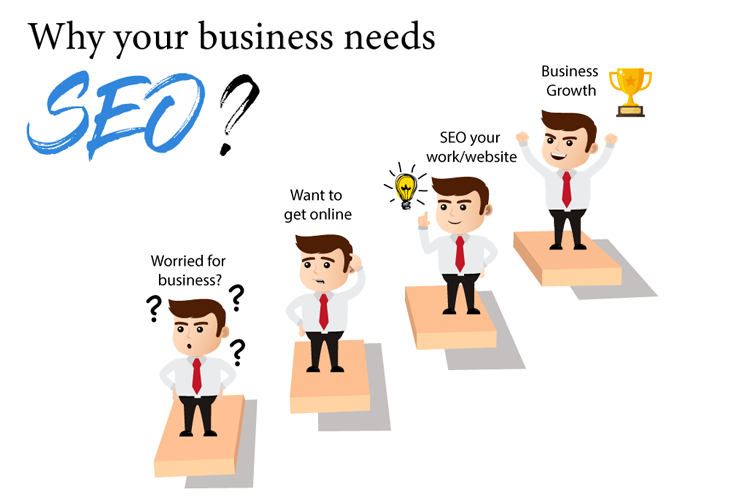
Despite all the buzz about TikTok, Instagram, and paid ads, organic search remains the backbone of online visibility. In 2025, studies show:
- Over 53% of all website traffic comes from organic search.
- Search engine users are 4X more likely to convert than social media users.
- Ranking on page one of Google means you’re trusted. Period.
SEO is like compound interest—the earlier you invest, the more returns you reap. While social media posts come and go, optimized content can bring in traffic for years.
Case in point: A 2022 blog post about “eco-friendly packaging” by a sustainable startup is still generating 50,000+ monthly visits in 2025—all thanks to smart, evergreen SEO.
Long-Term ROI Compared to Paid Ads
Let’s compare SEO with paid advertising:
| Feature | SEO | Paid Ads |
| Cost Over Time | Low (after setup) | High and recurring |
| Traffic Quality | High (intent-based) | Mixed |
| Lifespan | Years | Ends when budget ends |
| Credibility | Higher (organic ranking) | Lower (marked as “Ad”) |
With paid ads, you pay for every click. With SEO, you build a traffic engine.
Real-World Examples of SEO-Driven Success in 2025

A Small Local Bakery Competing with Big Chains
“Sweet Nest Bakery” in Austin, Texas had zero online presence in 2022. By 2025:
- They optimized for local SEO (“best cupcakes near me”).
- Added structured data for their menu and hours.
- Published helpful content like “5 Tips for Hosting a DIY Baby Shower with Cupcakes”.
Result? A 300% increase in orders, especially from tourists and event planners searching online.
B2B Tech Startups Scaling Through Targeted SEO
A SaaS company targeting supply chain automation implemented a blog strategy focused on long-tail keywords like:
- “How to reduce inventory waste in 2025”
- “Best AI tools for logistics management”
They saw:
- 70% organic traffic increase.
- 40% lift in demo sign-ups.
- Higher conversion rates from SEO leads vs. cold ads.
Actionable SEO Tips to Grow Your Business Online in 2025
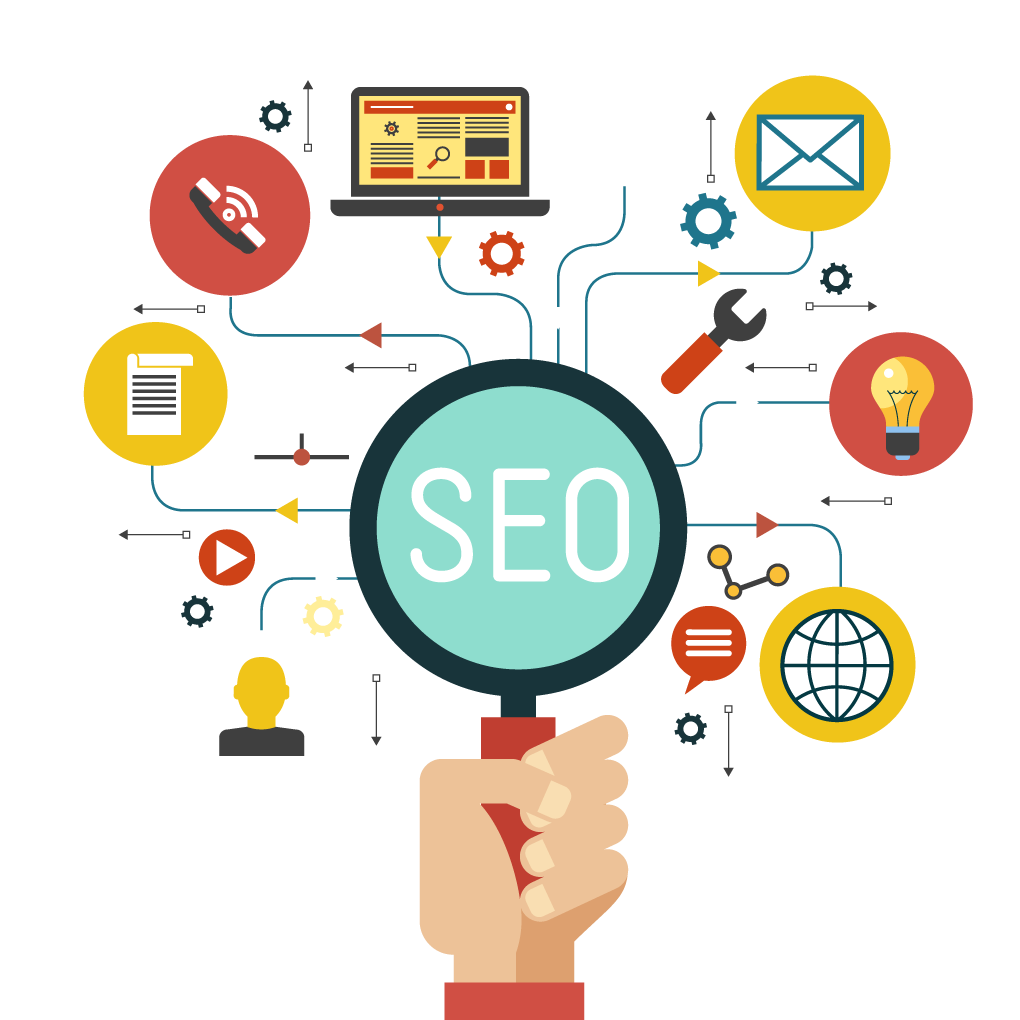
Prioritize Search Intent and E-E-A-T
In 2025, SEO isn’t just about being visible—it’s about being relevant and trusted. Google’s algorithm now places heavy weight on E-E-A-T: Experience, Expertise, Authoritativeness, and Trustworthiness.
Here’s how to align with that:
- Understand search intent. Is the user looking to buy, learn, compare, or solve a problem? Your content should directly match their goal.
- Showcase experience. Add author bios, case studies, or first-hand tips.
- Build authority. Use expert quotes, data, and link to reputable sources.
- Establish trust. Use HTTPS, display clear contact info, and earn positive reviews.
Actionable Tip: Rewrite your service pages or blog intros to answer the “why you should trust us” question right off the bat.
Example: Instead of writing “We sell CRM software,” write: “After helping 500+ small businesses streamline sales with our CRM, we’ve learned what works—and what doesn’t. Here’s how you can scale without hiring more staff.”
Invest in Technical SEO and Mobile Optimization
Technical SEO is like the foundation of your digital house. If it’s weak, nothing else holds up.
Top technical SEO areas to focus on in 2025:
- Mobile-first indexing: Google now ranks your site based on the mobile version.
- Core Web Vitals: These include loading speed, interactivity, and layout stability.
- Site structure: Use a clean URL format, logical menus, and breadcrumb navigation.
- Schema markup: This helps search engines understand your content and feature it in rich results (e.g., reviews, FAQs, events).
Real-World Fix: A local plumber’s site moved from page 5 to page 1 after switching to a faster host, optimizing images, and fixing broken internal links.
Local SEO: Dominating Neighborhood Search
If you have a brick-and-mortar location, this is critical. Local SEO helps your business show up when users search for services “near me.”
What to do:
- Claim and optimize your Google Business Profile.
- Add your NAP (Name, Address, Phone) to every page.
- Encourage happy customers to leave Google reviews.
- Use local keywords in page titles and content (e.g., “Best Family Dentist in Miami”).
Bonus: Embed Google Maps on your Contact page, include photos of your storefront or team, and answer FAQs customers often search for in your area.
Tools and Technologies Powering SEO in 2025
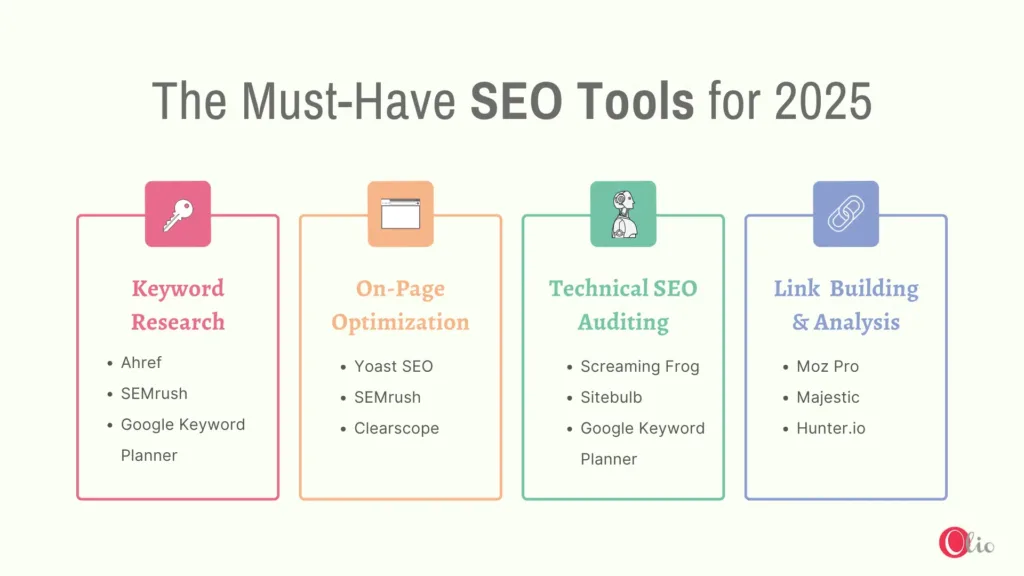
AI-Powered SEO Tools to Watch
2025 SEO is smarter because of AI. These tools don’t just audit your site—they give intelligent suggestions and adapt based on user behavior.
Top tools that are dominating the scene:
- Surfer SEO: Great for content structure and keyword recommendations.
- Jasper AI + ChatGPT for content writing: Helps create SEO-friendly drafts.
- Clearscope or MarketMuse: For improving topical relevance.
- Ahrefs & SEMrush: Still the kings of keyword data, competitor research, and backlink insights.
Pro Tip: Use ChatGPT to brainstorm blog ideas based on long-tail queries, then run those through Surfer SEO to optimize for on-page metrics.
Example Use Case: A real estate firm used AI to identify trending keywords like “smart home deals in Denver 2025,” wrote hyper-local blogs, and ranked within weeks.
Analytics Platforms for Smarter Decision Making
You can’t grow what you don’t measure. In 2025, using analytics tools isn’t optional—it’s your GPS.
Here’s your analytics stack:
- Google Analytics 4 (GA4): Understand user flow and behavior.
- Google Search Console: Monitor impressions, clicks, rankings, and fix crawl issues.
- Hotjar / Microsoft Clarity: See heatmaps and real-time user interactions.
- Looker Studio (Data Studio): Build reports that make sense to humans.
Actionable Advice: Set up goals in GA4 (like form submissions or phone calls) and track what content actually converts—not just gets views.
How to Measure SEO Success in 2025
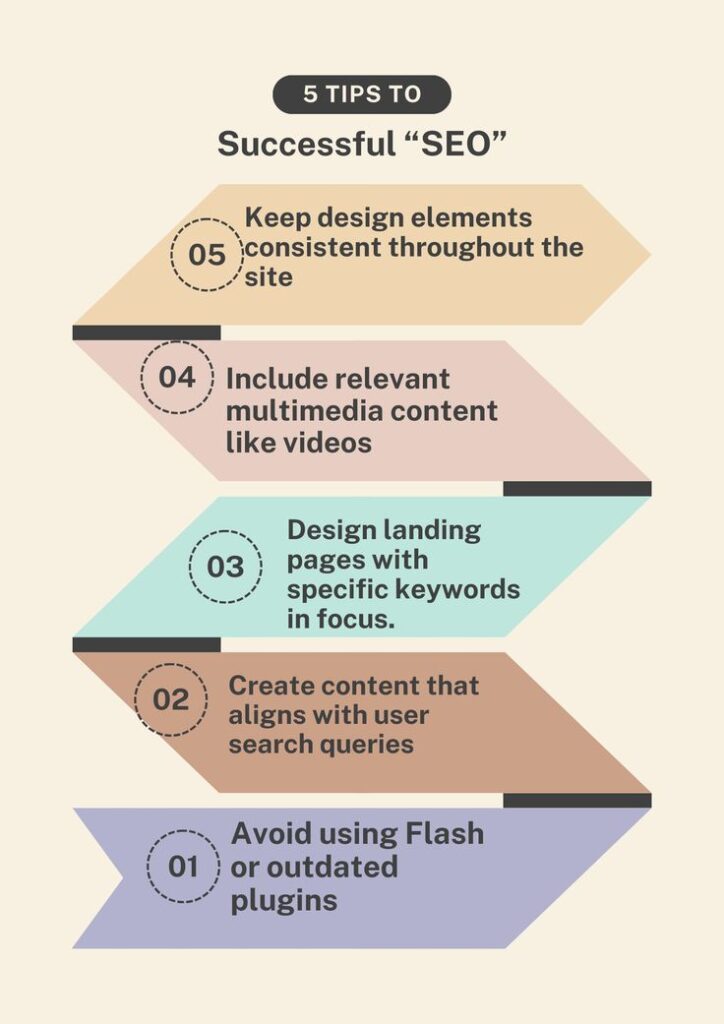
Key Metrics to Track
SEO success is no longer about “just getting traffic.” It’s about getting the right traffic—and measuring the right things.
Here’s what you should be tracking:
- Organic traffic: How many people visit your site from Google?
- Click-through rate (CTR): Are your titles and meta descriptions compelling?
- Bounce rate / time on site: Are users sticking around?
- Conversion rate: Do visitors become leads, customers, or subscribers?
- Keyword rankings: Are your target keywords climbing?
Use dashboards that update in real-time so you can adjust quickly.
Pro Tip: Segment your traffic by device, geography, and source. A desktop user in Chicago might behave very differently than a mobile user in Tokyo.
Understanding User Journey and Behavior
It’s not just about where users click—it’s about why they do it, and what they do next.
In 2025, successful businesses:
- Use behavior flow reports to refine their content funnels.
- Map out the buyer’s journey (awareness → interest → decision).
- Personalize content based on user segments.
Example: An online coaching platform noticed users dropped off after reading their pricing page. After adding FAQs, testimonials, and a “Book a Free Call” button, conversions jumped 60%.
Common SEO Mistakes Businesses Make (and How to Avoid Them)
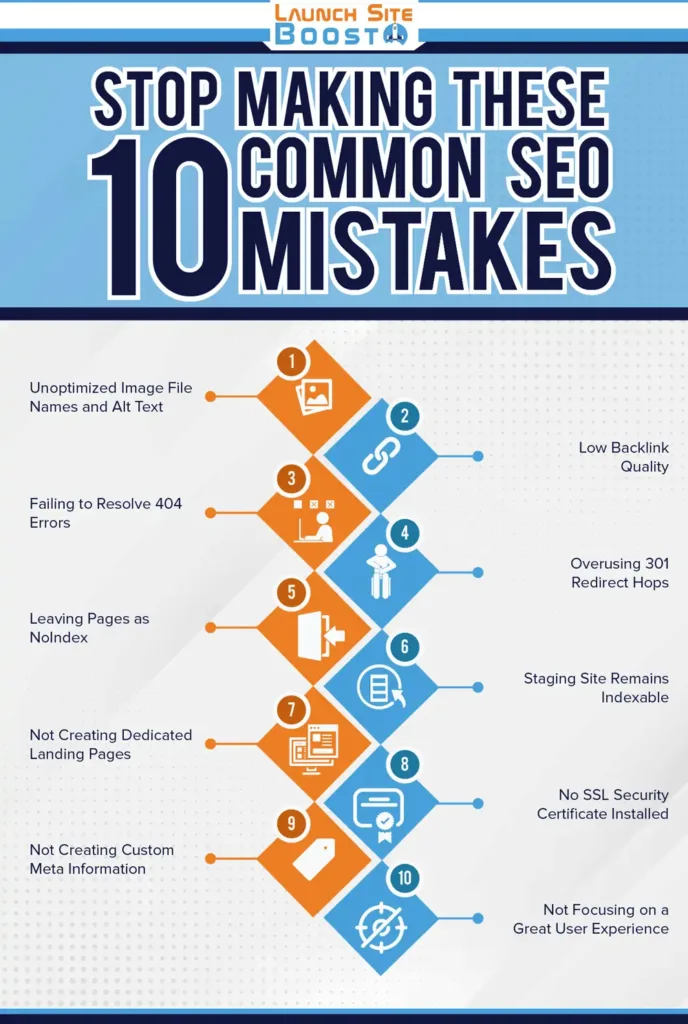
Keyword Stuffing and Outdated Tactics
If you’re still stuffing your content with awkward keywords like “best affordable cheap dentist near me 2025,” stop now.
Why this fails:
- Google penalizes spammy tactics.
- It creates a terrible user experience.
- You’ll lose trust and engagement.
Instead, use natural language and write like a human would search.
Modern best practices:
- Focus on semantic keywords and related phrases.
- Write answers that sound like they came from an expert talking to a real person.
- Update old content rather than cranking out new fluff.
Ignoring Page Speed and Core Web Vitals
In 2025, slow = dead.
If your site takes more than 3 seconds to load, you’re losing 50% of your visitors—especially mobile users.
Quick fixes:
- Compress images and serve them in next-gen formats (WebP, AVIF).
- Use a content delivery network (CDN).
- Minimize CSS and JavaScript bloat.
Real-World Impact: A fashion e-commerce site saw a 42% revenue lift by shaving 1.5 seconds off their load time.


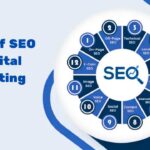


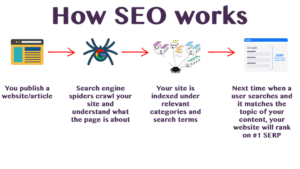
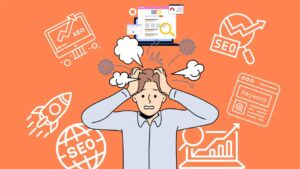

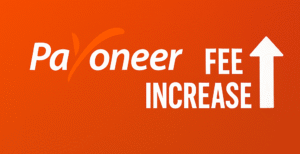
Add comment
You must be logged in to post a comment.